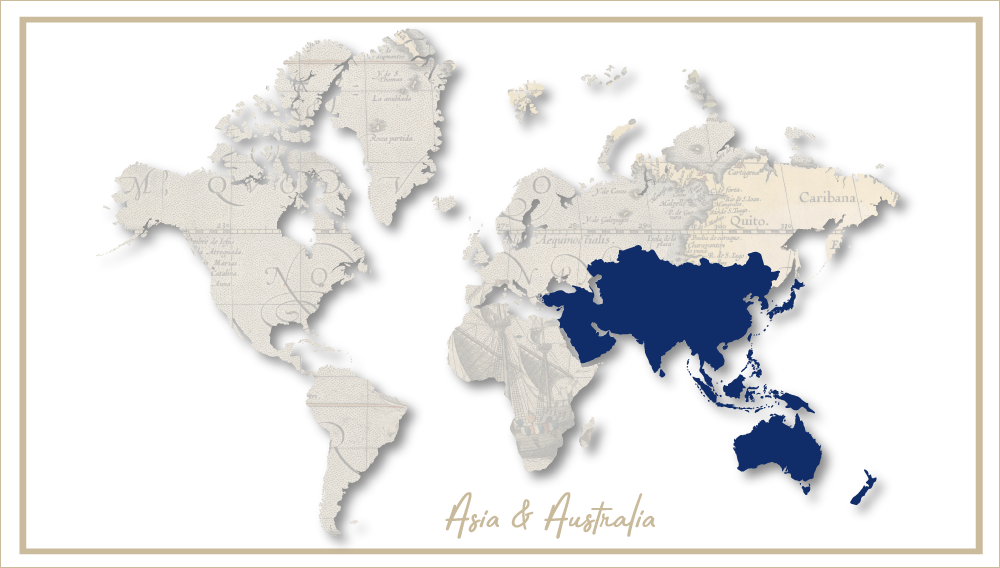Make mine a mid-strength beer but don’ t tell my mates
A recent increase in the number of mid-strength drinkers is seen mainly in the state of northern New South Wales as the popularity of the style extends south from the Queensland border.
It is interesting to note that, twenty years after the introduction of mid-strength beers, Western Australia and Queensland remain the “champion” regions for the style. Market observers wonder if the popularity of the category is to be attributed to the fact that these regions’ brewers – Swan Brewery and Castlemaine Perkins – were the first brewers to introduce the style to Australia?
Obviously, mid-strength beers in other states have filled the gap but, with recent activity and the onset of low-carb beers, a regeneration of “mids” could be under way.
Foster’ s beer division Carlton & United may launch a low-carbohydrate version of Victoria Bitter (VB) to revive the fortunes of the country’ s best-selling beer.
Demand for beers with lower carbohydrate contents has grown exponentially as Australian men become more health conscious. Sales have risen from nothing to AUD 468 million (EUR 270 million) in less than five years and Australian brewers are greedily eyeing the example of the U.S., where light beers, as they are called, account for one in every two beers drunk.
Late last year Lion Nathan launched a low-carb version – Tooheys New White Stag – of its best-selling mainstream beer Tooheys to take market share from the low-carb market leader, Pure Blonde (Foster’ s), which has nearly 60 percent of the category.
Foster’ s would like VB to claim a greater share of the mainstream beer market but it also wants to increase the value of the VB trademark, which it admits is difficult when supermarket chains Coles and Woolworths discount the beer to increase traffic to stores.


